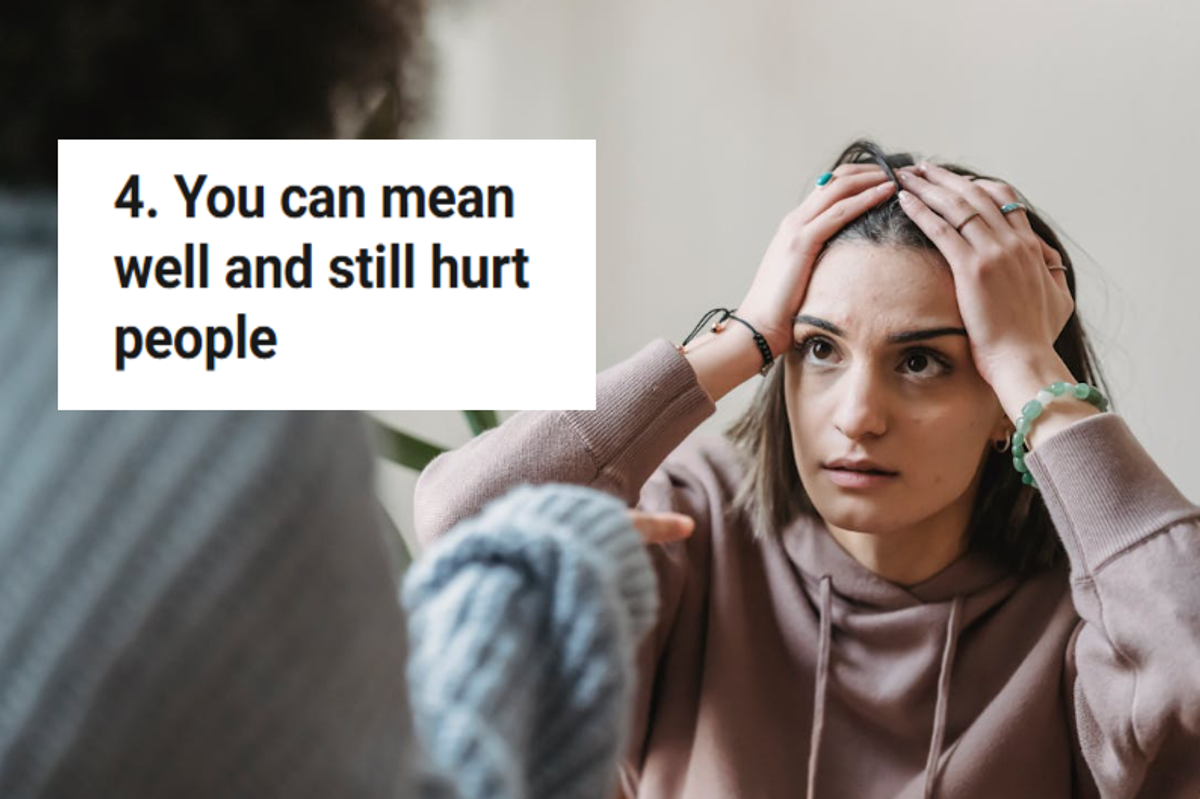Female orcas surrounded this grieving mom in a heartbreaking circle of solidarity.
Parents everywhere are empathizing with this orca mom grieving the loss of its newborn.
The orca's baby died about 30 minutes after it was born in Puget Sound, off the coast of Washington state, but the mother had a hard time letting go. For three days, whale researchers observed her carrying the calf's body, carefully balancing it on her head as she swam. Even through rough waters, when the baby slipped and started to fall, the grieving mama, known to researchers as J35, dived deep to lift it back up again.
This behavior is a well-documented expression of grief among whales and dolphins, but that doesn't make it less devastating. "It is just absolutely gut-wrenching to watch," said Taylor Shedd of Soundwatch — a program that monitors whale-watching vessels and educates boaters to reduce disturbance to marine life — in The Seattle Times.
To see such grief in any species grabs us right in the heart; many people can understand the unwillingness of a parent to let go of a child they have lost.
But what was most touching was the beautiful way the orca mom's pod responded to the baby's death.
Orcas live in pods of up to 40 members who help one another hunt and care for young. Lodie Budwill of the Center for Whale Research observed J35 and her pod the day her baby died. She said a group of female orcas gathered in a tight circle with J35 and remained in that formation for at least two hours. She described the scene for the Times:
"It was beautiful to observe, yet very sad knowing what had taken place earlier in the day. The sun set, the moon rose and they remained centered in the moonbeam, continuing their circular surfacing. I perceived this to be a ceremony or ritual of some sort. It was no doubt a circle of family love and devotion. After observing for hours, it was hard to hold my binoculars up any longer."
That stunning display is strikingly similar to the way loved ones often react when a human parent loses a child — encircling them with shared grief, solidarity, and support.
Our empathy for these creatures should push us to help save them.
People's strong emotional reactions to J35's grief shows how connected we are, even with animals who are physically different from us in almost every way. Despite our vastly different existences, we can see ourselves or people we know reflected in this orca mom's story. But it's not just J35 who needs our help.
Southern resident orcas in the Puget Sound are critically endangered. While orca pods traditionally see four or five births per year, this baby was the first born in three years to this particular pod. Not only was it a loss for J35, it was a loss for the entire orca species in this area.
It's almost as though J35 held her baby up for days as a warning, saying, "Look at what is happening to us. Do something, please."
Here's how we can help.
Orcas are one of the most contaminated marine mammals because they consume the pollutants built up in animals and organisms below them in the food chain. Pushing for legislation that limits chemicals, pesticides, and other contaminants from flowing into the ocean is one actionable step, along with reducing physical pollutants such as plastics.
Puget Sound whales are also suffering from dwindling numbers of their main food, big Chinook salmon, which are also endangered. Washington Gov. Jay Inslee signed an executive order in May 2018 to come up with solutions for both species.
But the task is daunting and more research is needed. There are multiple organizations dedicated to orca research and conservation. Financially supporting those organizations, such as the Center for Whale Research and the Orca Conservancy, can be an effective way for ordinary people to make a real difference for these majestic creatures.




 An upset woman sits in her car.via
An upset woman sits in her car.via  An upset man grabs his head.via
An upset man grabs his head.via  A stressed-out woman.via
A stressed-out woman.via 
 Meatloaf was a staple dinner.
Meatloaf was a staple dinner. Spaghetti is still a classic.
Spaghetti is still a classic. Why were pork chops so popular?
Why were pork chops so popular?
 David Bowie on swing in red suit
David Bowie on swing in red suit David Bowie album cover
David Bowie album cover Prince
Prince
 We really wish this were true. via @bryaninmsp/
We really wish this were true. via @bryaninmsp/